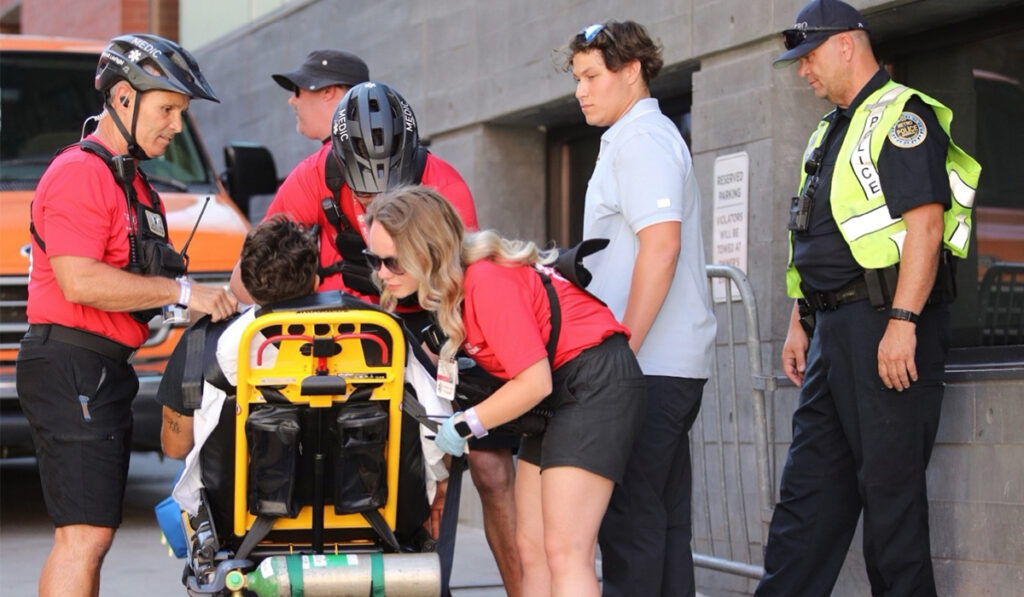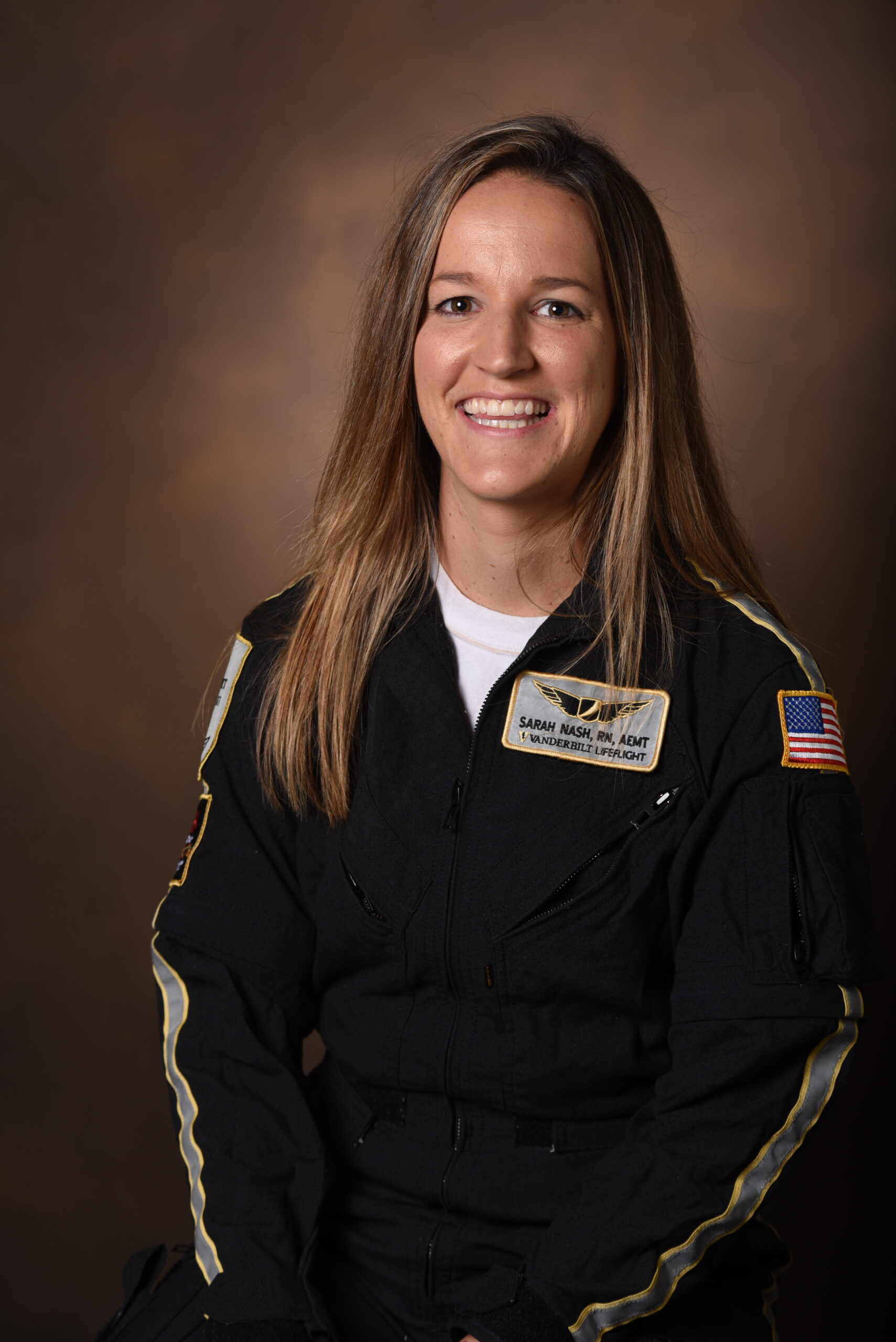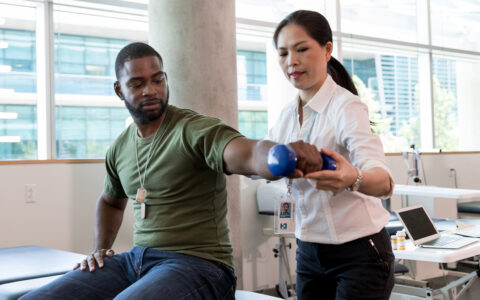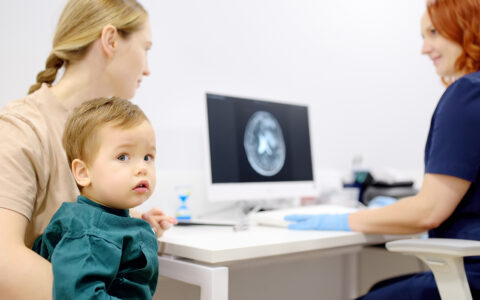Mass-gathering events, such as concerts or professional sporting matches, can greatly burden emergency medical services and nearby hospital emergency departments, which often run short on staff and face overcrowding when responding to needs for a large group.
To address this, researchers from Vanderbilt LifeFlight at Vanderbilt University Medical Center investigated whether integrating nurse practitioners (NPs) into medical teams for these events could ease the burden in the Nashville area.
“Traditionally, patients in need of complex care would require a physician on-site or are transported to a medical facility,” said Sarah Seiler, M.S.N., a critical care nurse practitioner at Vanderbilt LifeFlight, and first author on the study.
The retrospective study, published in the Advanced Emergency Nursing Journal, included data from 147 patients evaluated by nurse practitioners over a five-month period. They attended one of the 37 events where LifeFlight’s Event Medicine team was on-site. The researchers measured the reduction in patient transports to local EDs after nurse practitioners were added to the event medical teams.
The research team included Stephan Russ, M.D., Jared McKinney, M.D., and Ashley Panas, M.D., co-executive directors of LifeFlight Event Medicine and co-authors on the study.
Specialty Trained NPs
According to Russ, nurse practitioners first began joining LifeFlight event medicine teams in 2022. With formalized training in common patient complaints, logistics management, and how to function in resource-scarce environments, LifeFlight nurse practitioners quickly became valuable team members.
“In a city like Nashville where large events are often held, providing care on-site using NPs offers a unique solution to an overburdened EMS system.”
“In a city like Nashville where large events are often held, providing care on-site using NPs offers a unique solution to an overburdened EMS system,” Russ said.
Breaking Down the Numbers
Among the cohort, 19 percent of patients required minimal support but did not need provider intervention and instead received vital sign checks, blood sugar measurements and cooling measures from EMTs, paramedics or nurses.
Among these patients, the chief complaints were dizziness, feeling overheated, nausea and vomiting, isolated trauma and headache.
Another 60.5 percent of patients were treated and released at the event by a nurse practitioner. Their chief complaints were weakness and dizziness, feeling overheated or dehydrated, mild allergic reactions, cellulitis or other wound infections, nausea and vomiting, and minor traumas resulting in lacerations.
Treatments delivered on-site included intravenous crystalloid boluses, medication administration, laceration repairs, point-of-care ultrasound evaluations, electrocardiogram interpretation and prescription writing.
Prescriptions were written for 5 percent of the treat-and-release patients, all of which were antibiotics for skin infections.
Overall, 10.8 percent of patients refused further care, and 10.2 percent were transported to local hospitals for more severe complaints. The nurse practitioners judged these patients to require more complex assessments than were available on the scene.
Potentially Replicable Model
Seiler and Russ say the findings matched their expectations. In 2024, nurse practitioners were present at 1,637 events, and they are projected to exceed that number this year.
“Integrating NPs into event medicine teams has allowed for EMS systems to be utilized more efficiently and effectively.”
“Our NPs are highly trained specialists who enhance the effectiveness of our teams,” Russ said. “These findings validate their procedural skillset in the pre-hospital setting.”
Seiler agreed.
“I was not surprised by the findings,” Seiler said. “Integrating NPs into event medicine teams allows for EMS systems to operate more efficiently and effectively.”
She added: “Our ongoing analysis of the data aims to further validate the model.”





